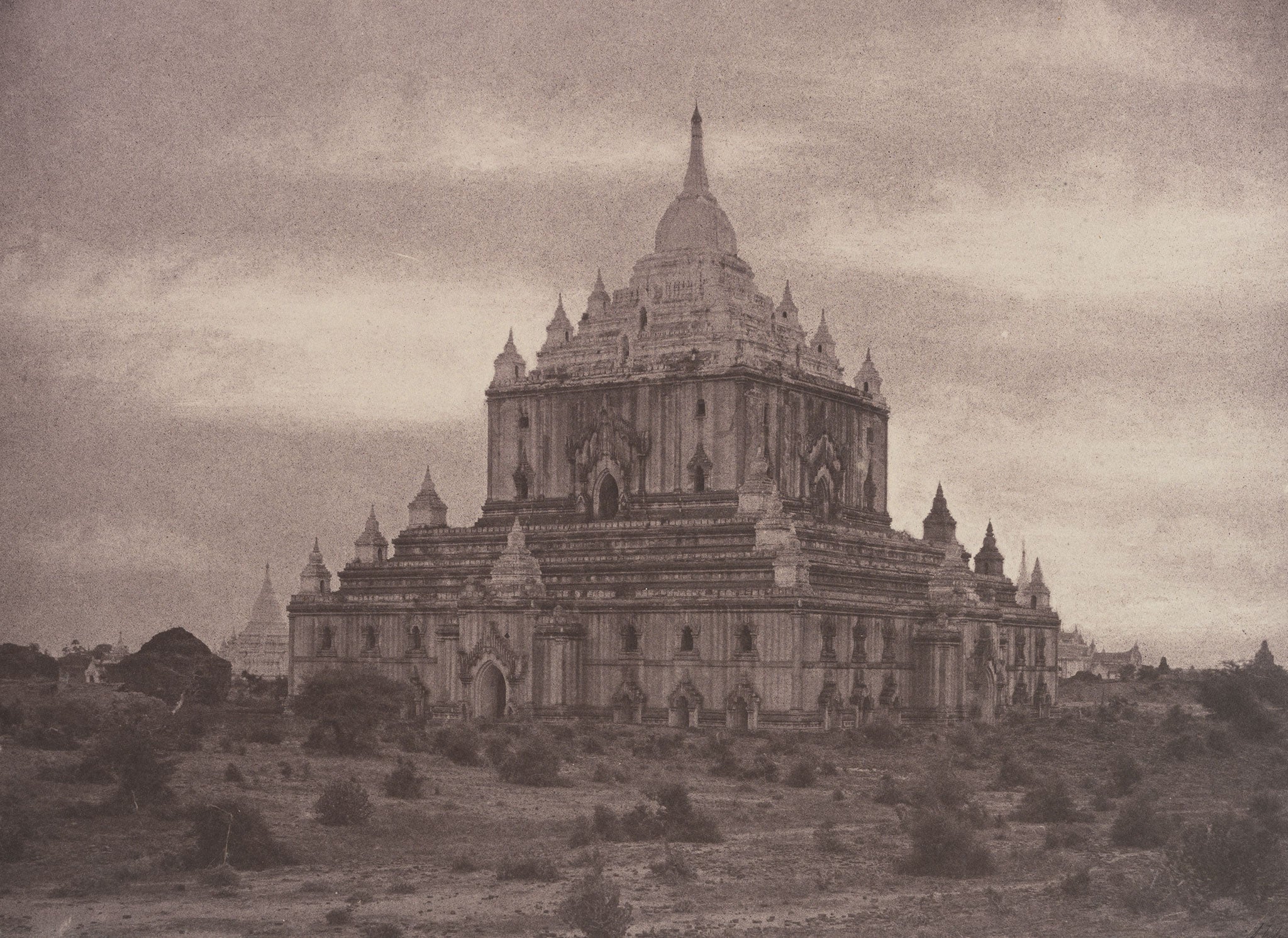V&A to display Captain Linnaeus Tripe's salute to Asia as part of its India Festival
Visitors to the museum will be treated to more than 60 of Tripe's most striking images taken between 1852 and 1860

Your support helps us to tell the story
From reproductive rights to climate change to Big Tech, The Independent is on the ground when the story is developing. Whether it's investigating the financials of Elon Musk's pro-Trump PAC or producing our latest documentary, 'The A Word', which shines a light on the American women fighting for reproductive rights, we know how important it is to parse out the facts from the messaging.
At such a critical moment in US history, we need reporters on the ground. Your donation allows us to keep sending journalists to speak to both sides of the story.
The Independent is trusted by Americans across the entire political spectrum. And unlike many other quality news outlets, we choose not to lock Americans out of our reporting and analysis with paywalls. We believe quality journalism should be available to everyone, paid for by those who can afford it.
Your support makes all the difference.The name Linnaeus Tripe is not well known, even among photography aficionados. But as part of the Victoria and Albert Museum's India Festival that begins this week, visitors will be treated to more than 60 of his most striking images taken between 1852 and 1860.
Born in Devon in 1822, Tripe was to become a captain in the British Army, in which role he was stationed in India and Burma (now the Republic of Myanmar). There, he produced a series of photographs documenting the countries' landscapes and cultural artefacts, creating a visual inventory of monuments, religious buildings and archaeological sites.
They were among the earliest known photographs of these far-flung spots – so why is Tripe not better known?
"There aren't a large number of his works out in the public domain," suggests Roger Taylor, head curator of the exhibition. "About 10 years ago he was sort of rediscovered, but he's never had a show of this magnitude."
Taylor argues that the pictures are not remarkable just because of the subject matter, but also because Tripe had an interesting approach to photography. "He had a distinctive eye. He looked at sites as if he were a surveyor, which I think is to do with his military background. He looked at things descriptively."
Tripe's accomplishments are all the more impressive given the equipment he had to use was particularly cumbersome – his camera was the size of a banker's box and it was heavy. Lugging it around in the Indian heat was not easy; in Burma, he was further beset by rain and humidity; and all the supplies had to come from London.
"They're stunning pictures, but they were tough to get," confirms Taylor. "It was a real labour of love."
Captain Linnaeus Tripe: Photographer of India and Burma, 1852-1860, is a free display at the V&A, London SW7, from Wednesday to 11 October
Join our commenting forum
Join thought-provoking conversations, follow other Independent readers and see their replies
Comments